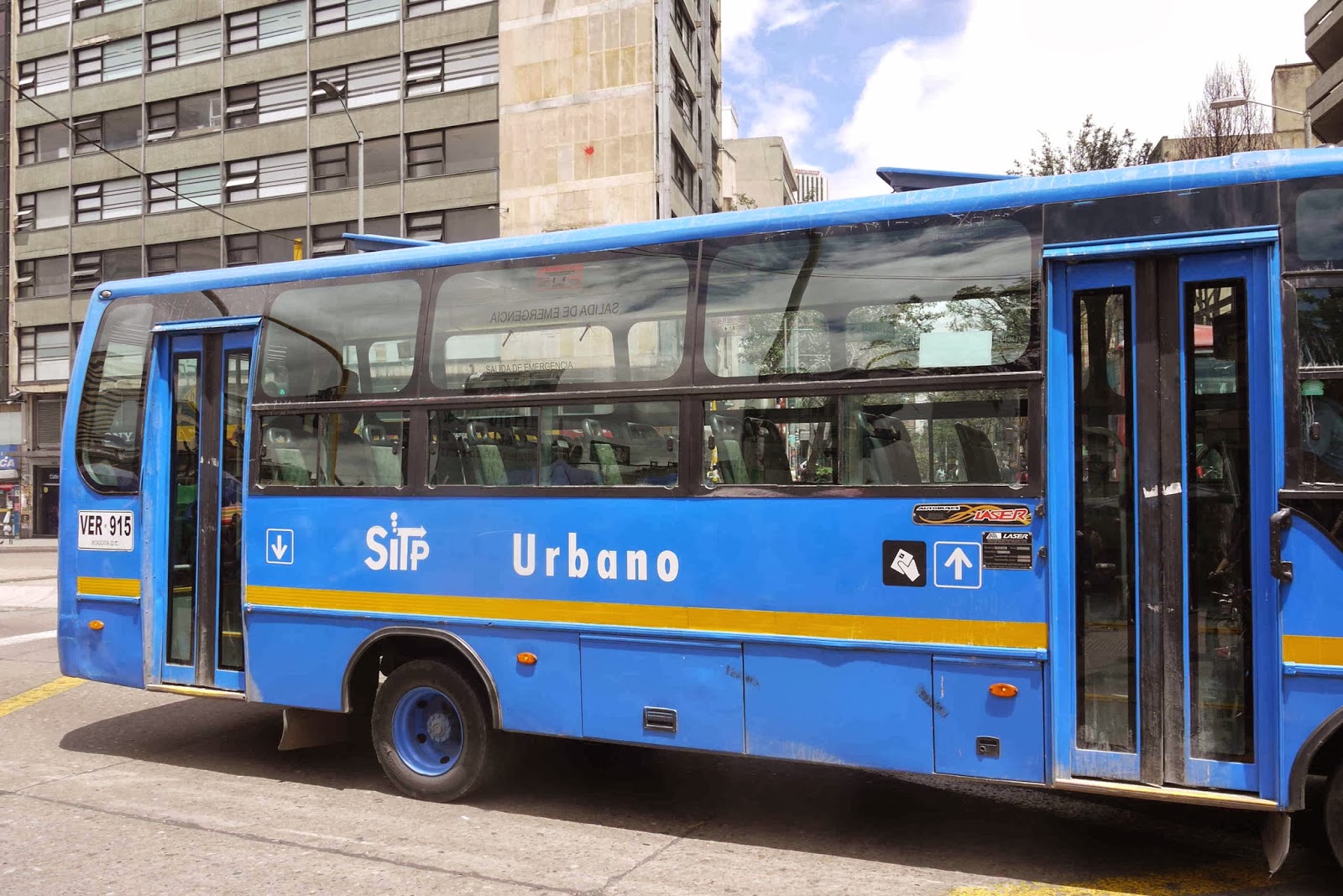Last weekend, nine people were murdered in Ciudad Bolivar, in southern Bogotá.
In the port city of Buenaventura more than 2,500 people have been forced from their homes recently by fighting between the bands Los Urabeños y La Empresa. Buenaventura is an important route for smuggling cocaine north toward the United States.
And in the town of Sincelejo on Bogotá's Caribbean coast the mayor just announced that the traditional correlejas will be canceled next year because the city doesn't have enough police to keep the event safe and also fight a crime wave across the city.
According to a
new report by the United Nations Development Program, Latin America is suffering a violence epidemic.
'Most of the region's nations suffer violence rates considered epidemic by the World Health Organization,' the report says.
Ten murders per 100,000 people per year is defined as epidemic. During the cartel wars of the 1980s Colombia's murder rate hit 57 per 100,000 and then soared to 95 per 100,000 by 1993, according to
this paper from the University of San Francisco. (During that period, when Pablo Escobar was paying his assassins $1,000 for each police officer they killed, Medellin's homicide rate was a terrifyingl astronomical 350 per 100,000 people.)
Of course, we all know that that violent scourge has passed into history. Except that Colombia's homicide rate seems to have stabilized in the low 30s per 100,000, still epidemic and much higher than the rate in Mexico, which has been scourged by drug-related violence, where the rate is 22 per 100,000. But small, poor, corrupt nations with weak institutions are doing even worse. Nicaragua and El Salvador have homicide rates of 64 and 77 per 100,000 people respectively.
The region's homicide epidemic has many causes, including poverty, unequal income distribution, and easy availability of firearms. But the huge driver is undoubtedly the illegal drug trade, which channels huge amounts of money to violent, illegal groups which practice dispute resolution policies of 'shoot first, talk later.'
In fact, 11 of the region's 18 countries have homicide rates considered 'epidemic.' And, in addition to homicide's human costs, it also takes a huge bite out of the economy, of 2-3% in relatively peaceful nations such as Chile, Uruguay and Costa Rica, and as much as 10% in the most violent nations.
Most of the possible solutions, such as increasing security and the rule of law, are difficult and will take a long time to implement. But one solution could be implemented relatively quickly.
'Legalize and regulate drugs,' recommends the University of San Francisco paper. 'If drugs are legalized and regulated, they will be taken off the black market and out of the domain of violent insurgent groups. These groups will stop being able to fund themselves,' and presumably lose the motive and capacity to wreak havoc.
By Mike Ceaser, of
Bogotá Bike Tours

























































